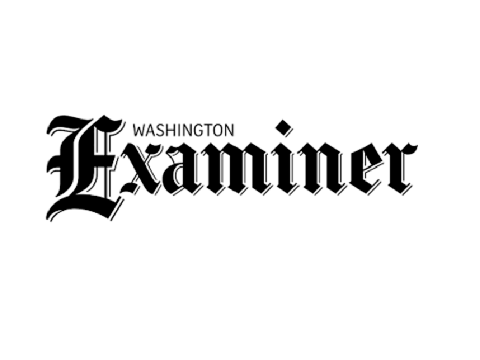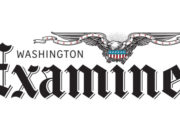This piece originally appeared in the Washington Examiner on September 2, 2020.
Dark money could be trending toward a record low this election cycle. It’s a development the media has been suspiciously silent on.
“Dark money” is a pejorative label for campaign spending by groups that are not political committees. Many of these are well-known nonprofit organizations like the Chamber of Commerce and the League of Conservation Voters. Because electing candidates is not their main purpose, they are not required to publicly report their donors the way a political committee does.
The Supreme Court ruled that nonprofit groups, labor unions, and corporations could spend money in support or opposition to candidates in 2010. Since then, these groups have usually accounted for about 3% to 5% of total campaign spending. So far in 2020, however, that number is under 1%.
Data from the Federal Election Commission shows that more than $6.2 billion was spent on federal campaigns from the start of 2019 through the end of July. Dark money totaled about $20.8 million during the same period. That’s a whopping 0.3% of the total.
It’s impossible to say what the final percentage will be. Some groups wait until the final days of a campaign to make their mark, worried that voters won’t remember what was said months before Election Day. But candidates and parties also step up their spending as the election gets nearer, and the very low level of dark money to date is notable.
Advocates of stricter campaign finance regulation said the sky would fall if groups other than political action committees, or PACs, could speak with donations. They claimed that wealthy donors would gain more leverage to influence elections and extract favors from government by giving to nonprofits instead of groups that report their donors. If this were true, more donors would do it.
Even if we expand the picture — for example, to compare money given from Group A, which does not disclose its contributors, to Group B, which does — we still come up with only a drop in the bucket of total spending. The Chicken Littles at the Center for Responsive Politics recently traced $116 million back to dark money groups “aligned” with the interests of one of the major political parties. All of that, plus the $20.8 million spent directly by non-disclosing groups, adds up to just a hair over 2% of total campaign spending.
Why isn’t there more dark money? The reality is that the most effective way to put your money into campaigns is to put your money into campaigns. Nonprofit advocacy groups cannot spend a majority of their funds on political activity. If one gives to a nonprofit with the intent of having it spent on elections, a large percentage, always at least half or more, of the donation can’t be used for campaign activity.
It should be no surprise, then, that giving to candidates, parties, and political committees vastly outstrips dark money because dark money is just not cost-effective.
Misplaced fears of corruption have sparked efforts to restrict nonprofits and other non-political groups from having a voice in campaigns. States increasingly seek to force any group that speaks at all about elections or legislation to look, act, and report to the government like a PAC. Do we really think candidates, parties, PACs, and the media are the only ones who should have a voice in campaigns?
Though their role in elections remains a minor one, nonprofits bring valuable perspectives and information to voters. Instead of demonizing dark money, we should welcome more speakers and more speech in campaigns.













